
How to get buy-in from stakeholders
Reading time: about 6 min
With something as complicated as an office project, many different factors can determine success or failure. But one of the most underestimated factors for success is perception. If the teams essential to a new project don’t see its value, they can often derail the adoption of a new process and render a project ineffective. That’s why it’s important to develop stakeholder buy-in.
Stakeholders exist up, down, and across the organizational chart. They can be managers that you work with directly, teams who will be using a new tool, or executives responsible for approving the new budget. A stakeholder is anyone who has to adopt, manage, or approve a project.
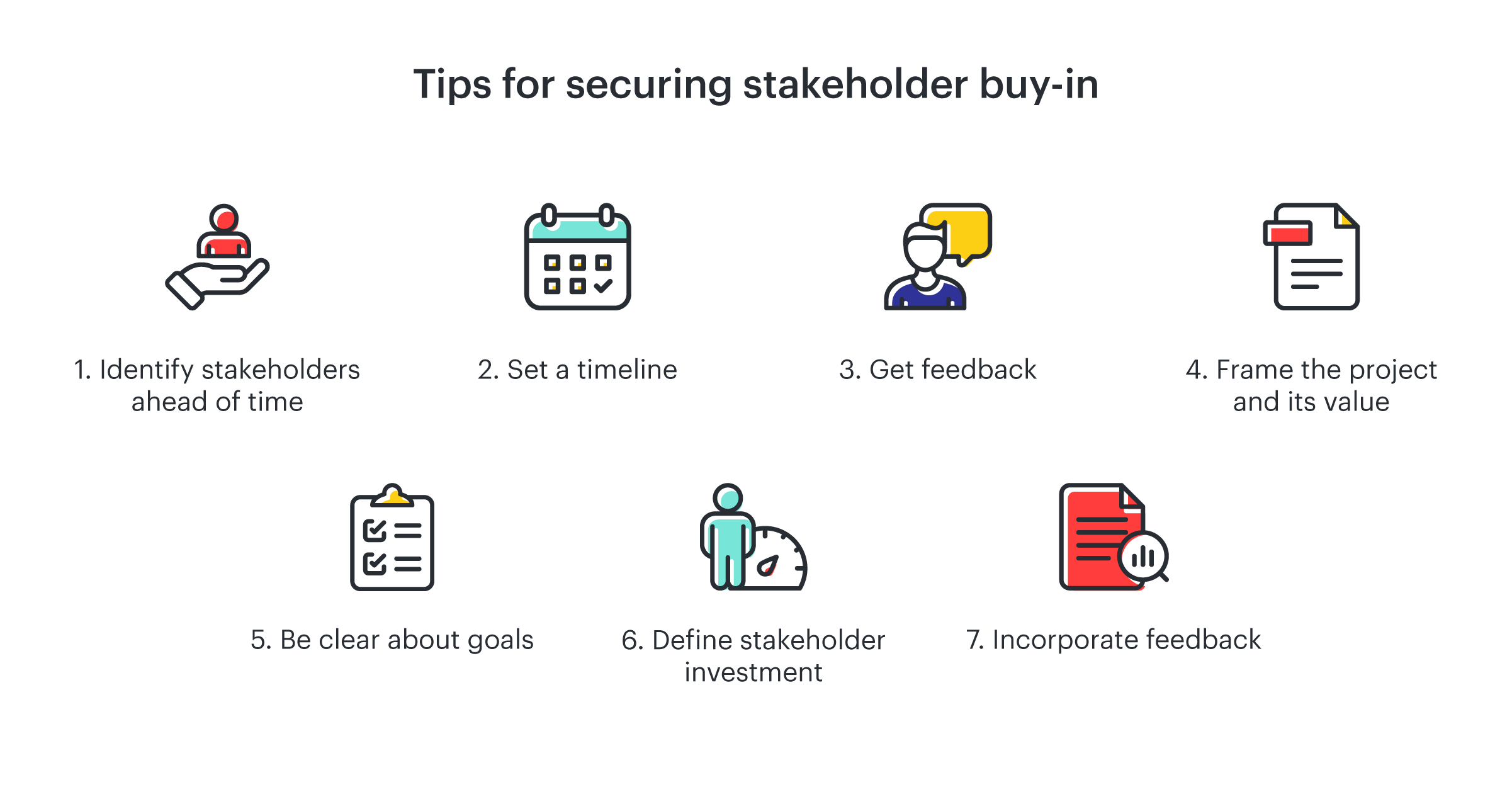
Why stakeholder buy-in is important
While some view stakeholders as stumbling blocks to implementation, stakeholders actually provide quite a bit of value. Stakeholders can offer insights you might not have thought of, direct their teams to support and cooperate with adoption, or recommend additional resources if needed.
The best part is that when a stakeholder views a project as a positive change, they become natural advocates for encouraging others to buy in. Stakeholders can even be responsible for elevating your project to higher-level executives whose buy-in may carry substantial weight.
How to get buy-in from stakeholders
As any project manager knows, getting buy-in from stakeholders isn’t a straightforward process. Stakeholders are often averse to change or unclear about how a project will affect their work. You need to take the time to build a buy-in strategy, which frames projects in a way that is relevant to stakeholders and increase the likelihood of cooperation.
Below are seven key steps on how to get buy-in from stakeholders and increase the chances of success.
1. Identify stakeholders ahead of time
Before you reach out to your stakeholders, you will want to work with your team to align on message, outreach, and objective. Start by identifying stakeholders ahead of time so you can chart your path for approvals.
Don’t just think about executives—consider any teams that will be responsible for implementing your solution. A visual like a stakeholder onion can help you map out roles and key departments. You’ll especially want to identify the teams with unique needs, as those are the teams that can point out any constraints in the new solution.
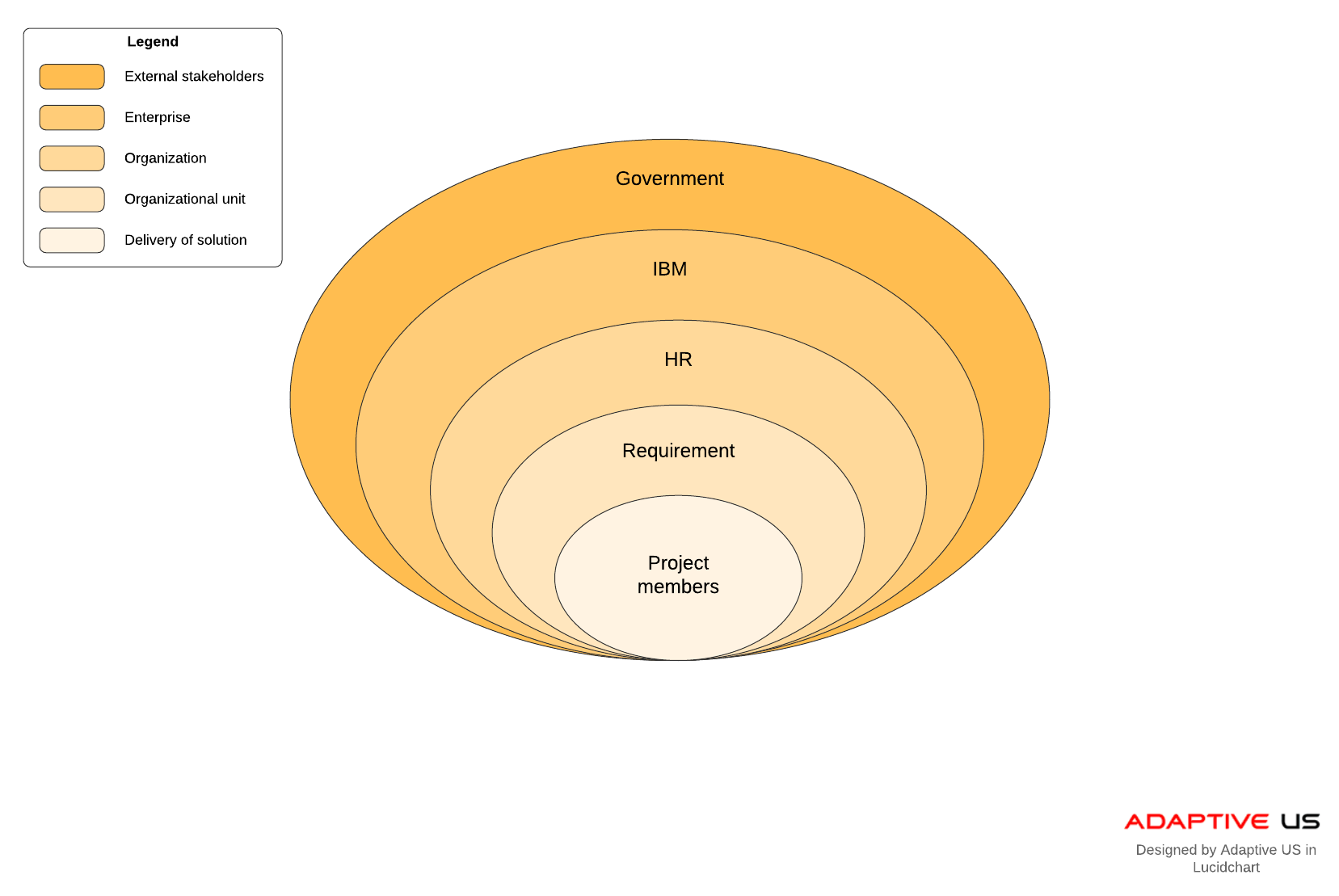
2. Set a timeline
Once you know who your stakeholders are, determine the best point in the project to reach out to them. Different stakeholders need to be brought in at different stages in the process. For example, you may want to bring executives early on to get budget approval, but you may need to bring in adopters at a later stage when you have worked out more details. A stakeholder map can help you chart the review process and talk through the best points for inclusion. Make sure to use our stakeholder map template to make this process simple.
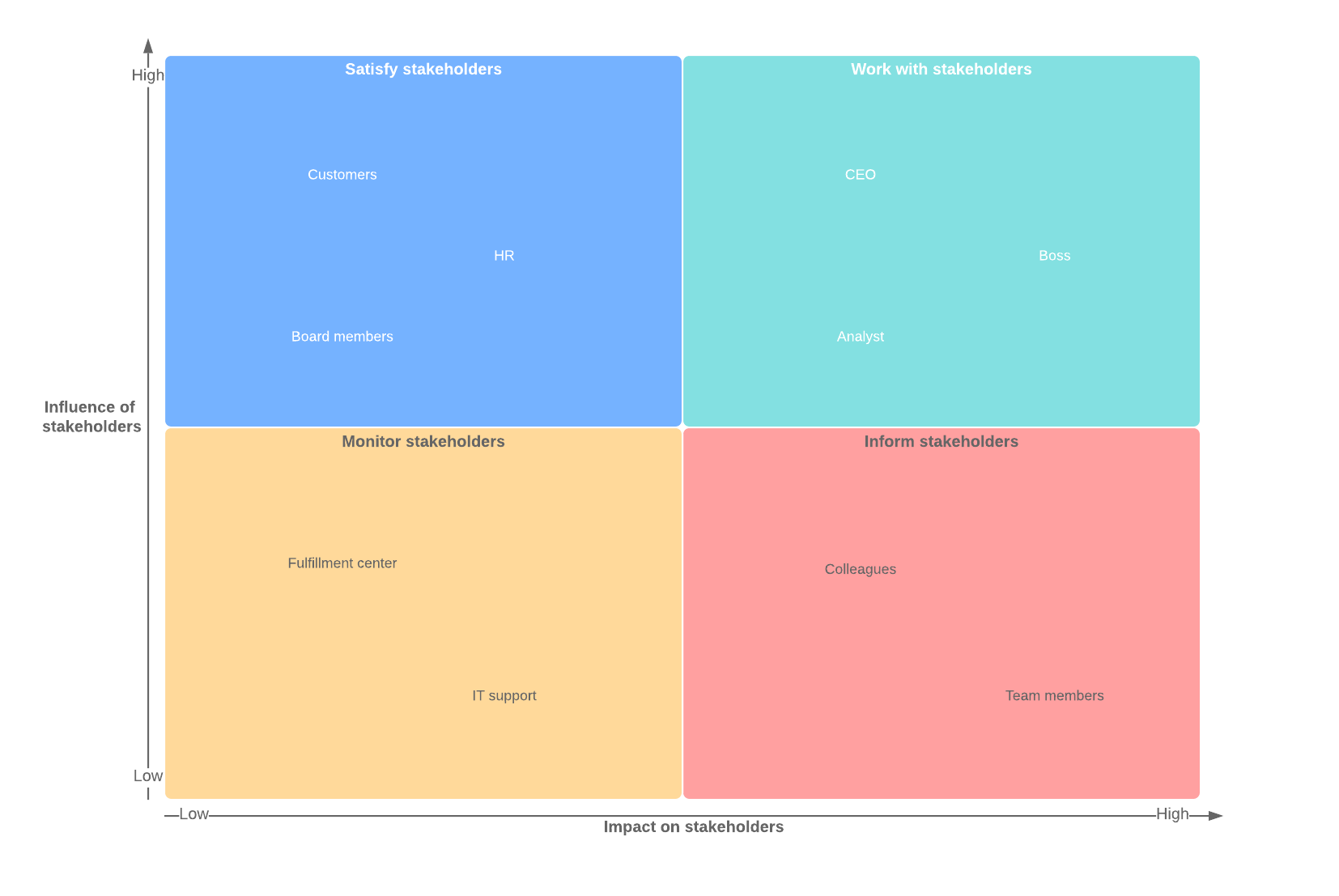
3. Get feedback
To build your case, get and share input from teams who are close to the project. You’ll want them to help you articulate main objectives and success criteria to have a consistent and persuasive message for the stakeholders. Different teams will have other objectives, so use a collaboration tool like a brainstorming board or prioritization matrix to talk it through.
Once you have your stakeholders and messaging worked out, set up a way to record stakeholder responses and input. A project team charter can keep track of outreach and insights so that the team is clear on action items going forward.

4. Frame the project and its value
The great thing about buy-in is that it has high returns—once the right stakeholders are on board, many others are likely to follow. That’s why it’s important to frame your project in a way that is relevant to each stakeholder. You will want to clearly connect how the project will impact and benefit them, so they understand its priority.
Start by clearly stating the challenge or opportunity—this is when you keep the concepts high level and relevant to the specific stakeholder. Visuals are usually the best way to illustrate concepts and help people connect the dots quickly, especially in office settings where time is limited. A risk impact scale or process map can help visualize the situation.
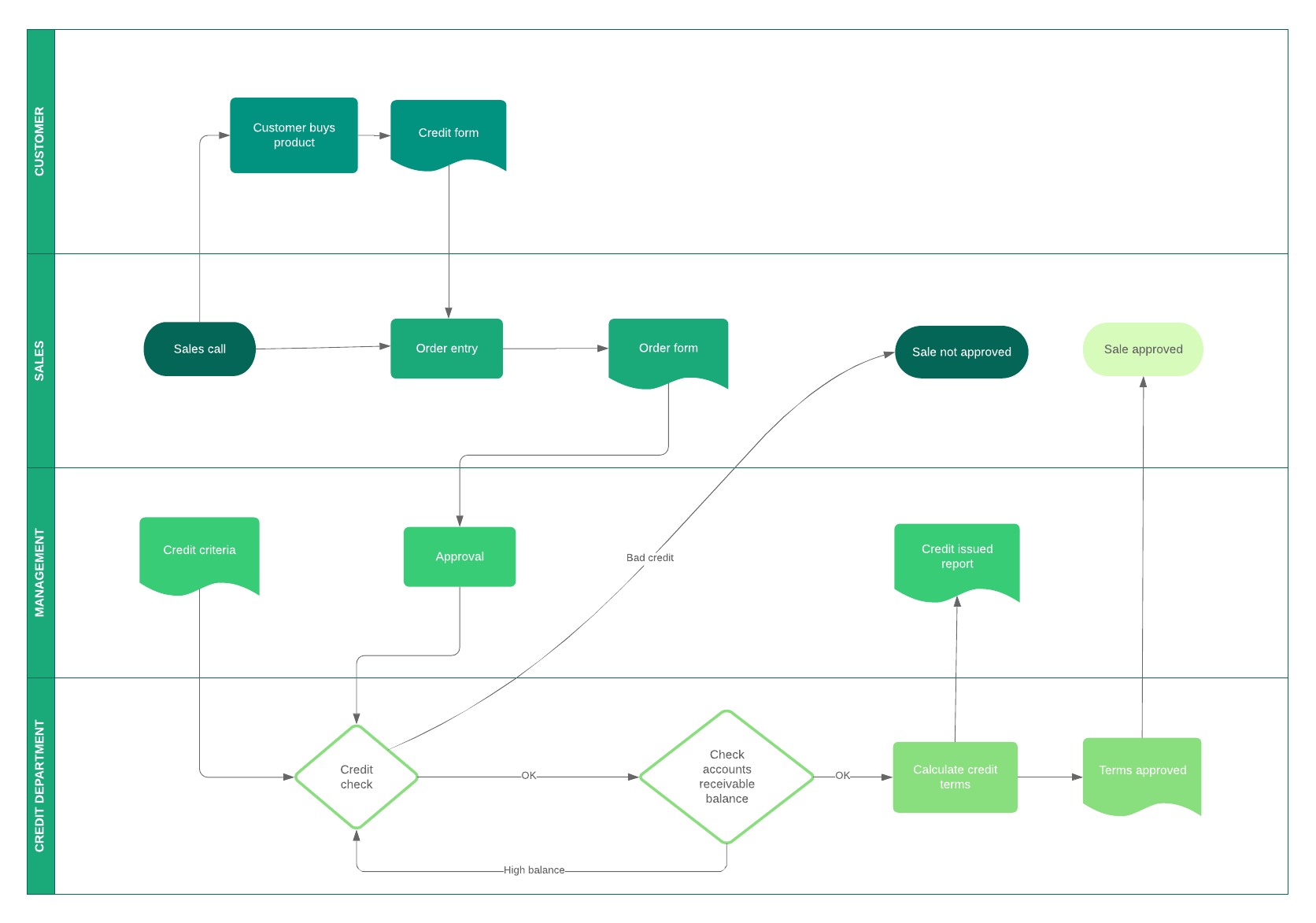
5. Be clear about goals
To increase the chances of a positive response, speak in terms that the stakeholders will understand—don’t just focus on how this project benefits the company, but get specific about how it will impact or help the stakeholder and their teams.
Templates like a force field analysis can help illustrate the pros and cons of a project so you have an opportunity to highlight specific benefits. You should also leverage data and statistics where possible to bring home the impact in a concrete way.
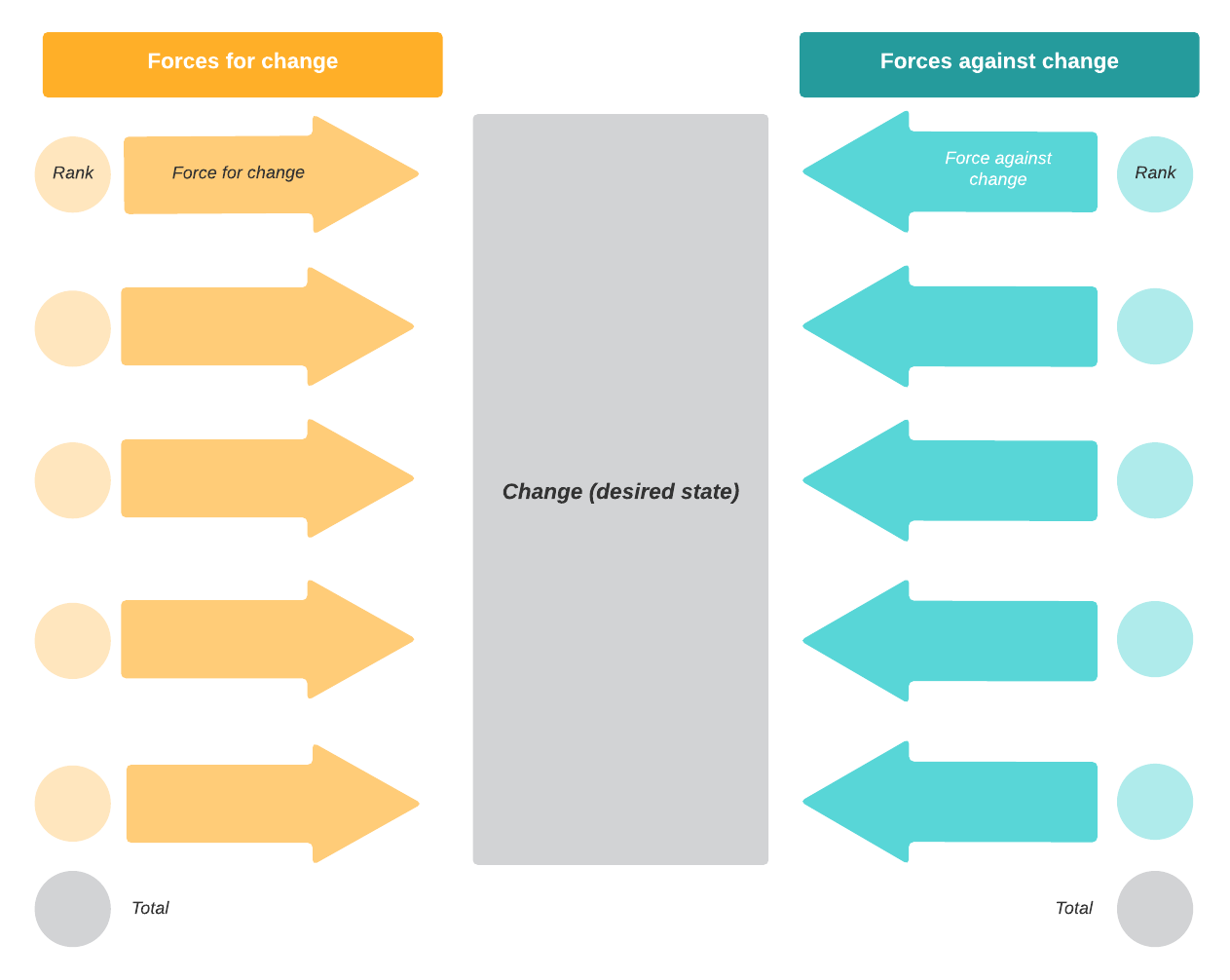
6. Define stakeholder investment
Next, you’ll want to define for the stakeholders what’s needed from them. Remember, not all stakeholders are there to provide approvals. Sometimes you’re just speaking to them for awareness or input. Stakeholders will respond more quickly if they know exactly what they need to do, and the project will run more smoothly with timely feedback.
Finally, prioritize the importance of the project—if you need feedback or approval, be sure to give them a deadline so they know how long they can take to respond.
7. Incorporate feedback
To make the most of stakeholder buy-in, be prepared with a process for implementing their feedback. This process helps garner confidence in your future projects and strengthen the relationship with stakeholders.
To develop that process, identify which team members will need to be informed of stakeholder feedback. Is it just direct reports who need to know? Or will you need to go back to your manager to get additional approvals? How will you decide which feedback to implement and which to set aside? Determine that process before stakeholder outreach so you can take action more quickly.
It also helps to have a way to follow up with the stakeholder for further reviews or updates. That way, you can show that you take their feedback seriously and develop more confidence in the stakeholder review process.
Ultimately, any workplace endeavor is successful because people support it. Getting buy-in from stakeholders and their teams ensures everyone is working toward success. To garner their support, make sure your stakeholders clearly understand the issue, the solution, and the ways in which it will benefit them. Then keep them in the loop so that you can continue to work toward success together.

Learn how to work with stakeholders more effectively.
Read nowAbout Lucidchart
Lucidchart, a cloud-based intelligent diagramming application, is a core component of Lucid Software's Visual Collaboration Suite. This intuitive, cloud-based solution empowers teams to collaborate in real-time to build flowcharts, mockups, UML diagrams, customer journey maps, and more. Lucidchart propels teams forward to build the future faster. Lucid is proud to serve top businesses around the world, including customers such as Google, GE, and NBC Universal, and 99% of the Fortune 500. Lucid partners with industry leaders, including Google, Atlassian, and Microsoft. Since its founding, Lucid has received numerous awards for its products, business, and workplace culture. For more information, visit lucidchart.com.
Related articles
How to effectively gather team feedback for improving processes
In this article, we’ll discuss how to streamline feedback loops, minimize rounds of revision and duplicative work, and continue to simplify and improve processes.
How to efficiently pull in project stakeholders across teams
In this blog post, you’ll learn how to identify project stakeholders, why managing stakeholders is important, and how to engage them in your project.
How to manage common stakeholder issues and challenges
In this blog post, you will learn how to reduce project complications, and how to manage stakeholders.
Are you working with stakeholders effectively?
How do you know if you’re working with stakeholders effectively? Check out this flowchart.
